N-1wsletter #14: Interbike is back – for real this time
But maybe don’t book your flights just yet.
Featured in this week’s tech round-up:
It turns out Zwift actually is inspirational after all.
Interbike is back – really.
It’s time for the Made show!
Pivot has two new mountain bikes for the bread-and-butter trail category.
Berd goes aero?
Astral Cycling goes Stealth.
Continued pain for the bike biz.
A review of an intriguing 3D-printed multi-tool.
VWG for BFB.
One of the long-standing promises of indoor cycling platform Zwift is that it can not only provide a reliably entertaining and motivating way for established cyclists to stay fit during the offseason, but also serve as a gateway drug to bring more casual riders (or even people who don’t ride at all) into the sport. I know plenty of people who fall into the former category, but not the latter – until now.
I’ve known James Armington mostly as the dad of one of my kid’s good friends from school, as well as a talented musician, avid runner, and senior technical account manager at major running event registration outfit RunSignUp. I also knew he used to ride bikes regularly (he even raced crits for a while), but between a “scary” road wreck, another local rider being killed by a drunk driver, and his first daughter being born all in a short period of time, the idea of mingling with huge SUVs no longer seemed tenable. And so he switched to running.
He’d mentioned months ago that he’d been toying with the idea of buying a mountain bike, and when I heard that he’d finally went ahead and bought a bike, I was understandably excited for him. Only instead of that dual-suspension mountain bike he and I had talked about months earlier, it turns out that what he bought was a Zwift Ride. Not only was that a bike he couldn’t even ride outside if he wanted to, but it turns out he also bought it by accident.
“I was scrolling Instagram one night, and [Zwift] was advertising that the Zwift Ride was available for purchase using HSA funds,” he told me. “I realized I could buy this thing and not have it take a hit to my bank account, and have a good low-impact way to stay fit.”
For those of you unfamiliar with the “quirks” of the American healthcare system, an HSA – or Health Savings Account – is money that can be applied pre-tax to health-related costs. It’s sometimes a benefit provided by an employer, and the money is most often used for doctor and hospital visits that aren’t already covered by insurance. However, that money can often also be used for general health and wellness-related items.
He’d already known about Zwift since he had friends and family members who used it, so it’s not like the concept was totally alien to him. Nevertheless, it’s not always the best thing to poke around with purchases like that at 1am, and while James meant for the Zwift Ride to come out of his HSA, he ended up paying for it out of his personal bank account.
Oops.
He tried desperately to cancel the order, but by the time he’d realized what’d happened, the bike had already shipped. Zwift’s customer service department took pity on him, waived the shipping fees, and told him he could return it at no charge. Problem solved, right? A few days later, he found himself staring at three huge boxes on his doorstep.
“I was like, ‘I’ve got three huge boxes that are going to be a pain in the ass to return, and now I kind of want to ride it.’”
Money be damned, he rearranged his living room and got the bike set up. He dug out his old pedals, found some of his old kit, fired up his free trial Zwift membership, and started riding.
That was a month ago, and after more than a decade of hardly even tossing a leg over a saddle, he’s been on Zwift nearly every day since.
At this point in our conversation, James’s voice became much more animated.
“All I had to do with this was pull it out of the box, screw some things together, and I was good to go. I love that I can ride whenever I want, I love that I can ride however long I want, I love the workouts that they provide, there are group rides that I can get on, and clubs that are active on there. There’s this one called DIRT – Dads Inside Riding Trainers – and they have a Discord channel like when I was playing online video games. I can get on there, ride with 600 other people, and I can chat with people as I’m riding with talk-to-text on the companion app. I was chatting with a bunch of Australians – one of them actually got hit by a kangaroo on a training ride – talking with guys in Latvia and the Czech Republic.
“My family is riding Zwift, too, and I can see on the app when they’re riding,” he continued, the cadence of his voice still accelerated. “It’s this whole environment that all happens in my living room. I don’t have to go ride in the cold or clean my bike. I can put my kids to bed at 9 and then go ride for an hour and a half. It’s super nice.”
I’m definitely a rider that strongly prefers riding outdoors whenever possible, and while I’ve spent a fair bit of time on Zwift, it’s just not my thing. But what I also need to remind myself of is that it is the thing for an awful lot of people, and there’s no sense in me – or anyone else – poking fun at the idea of passionately riding indoors just because it’s not what I prefer. The fact of the matter is we all benefit from more people being excited to pedal, and there really are people who get into (or back into) riding outdoors specifically because of things like Zwift.
“We all live busy lives; none of us can say that every day goes according to plan,” James concluded. “But this is actually bringing me back into the cycling market. I’m going to buy a bike again in the spring, but on the days when I can’t get a ride in, I’m going to ride Zwift. I’ll for sure be using this year-round. It’s by far the best $1,300 mistake I’ve ever made.”
Heck yeah, James. Heck yeah.
In the news
Interbike to make a return in 2026 – for real
There have been rumors of the Interbike trade show making a return almost since the day after its final (and rather sad) event in 2018 in Reno, Nevada. Seven years later, those rumors are seemingly now turning into fact. Several sources have informed me that Interbike owner Emerald Expositions has concrete plans to return in 2026, including dates, a confirmed venue, and even a pricing structure for exhibitors.
Interbike has a history of being held in cities that wouldn’t exactly be considered cycling hotbeds – Las Vegas, Reno, Anaheim – and it sounds like that trend will continue. For the 2026 shoe, Interbike will welcome visitors to… Florida. The show organizers have yet to release official information, but I’m told the event will be held over three days in mid-September, somewhere in Orange County (likely at the Orange County Convention Center in Orlando, given available venues).
Is this absolutely a sure thing? To the extent that the show organizers are actively approaching bike brands to buy expo space, yes. But my guess it’ll also depend on how successful the show is at actually booking those expo slots, so the end result remains to be seen.
Let’s just say I’m not booking my flights just yet, but I’d imagine we’ll see an official announcement sooner than later.
Made show tickets go on sale
One event I’ll definitely be attending is the Made show, which will once again be held at the picturesque Zidell Yards venue in Portland, Oregon, August 22-24.
After the demise of the North American Handmade Bicycle Show in 2019, Made has more than filled the void to become the premier showcase for the custom bicycle industry, with “over 100 builders and over 250 total exhibitors” on the books for this year’s event. Included in the jam-packed list are veterans such as Sycip Designs, Black Cat Bicycles, Bingham Built, Mosaic Cycles, and Crumpton Cycles, but also lesser-known builders like HotSalad Bicycles, Neuhaus Metalworks, and The Lost Workshop.
I’ve attended countless bike shows in my day, but it’s generally only the ones like Made that I truly look forward to attending. Tickets are now on sale here. Hope to see you all there.
Pivot announces new Trailcat SL and Trailcat LT mountain bike models
Pivot Cycles has released two new carbon mountain bikes that will replace the outgoing Trail 429 and Shadowcat models.
The new Trailcat SL is intended to be more capable than the old Trail 429, with the same 120 mm of rear travel (courtesy of Dave Weagle’s dw-link design) but a slightly more generous 140 mm up front, something Pivot previously only offered with the Trail 429 “Enduro” build kits. The frame geometry has also moved the Trailcat SL further away from the XC end of the spectrum with a slacker front end, a steeper seat tube angle, and even longer reach dimensions for more confident handling.
The Trailcat LT, on the other hand, bumps up to 135 and 150 mm of rear and front travel, respectively, and incorporates frame geometry that leans even more toward stability and high-speed descending than the Trailcat SL. And while the Trailcat SL is offered exclusively with dual 29” wheels, the Trailcat LT can also be configured as a mullet with a 27.5” rear wheel (unlike the Shadowcat, which used dual 27.5” wheels).
Though the Trailcat SL is pretty clearly a direct replacement for the Trail 429, you can think of the Trailcat LT as sort of a lighter-and-snappier-feeling Switchblade.
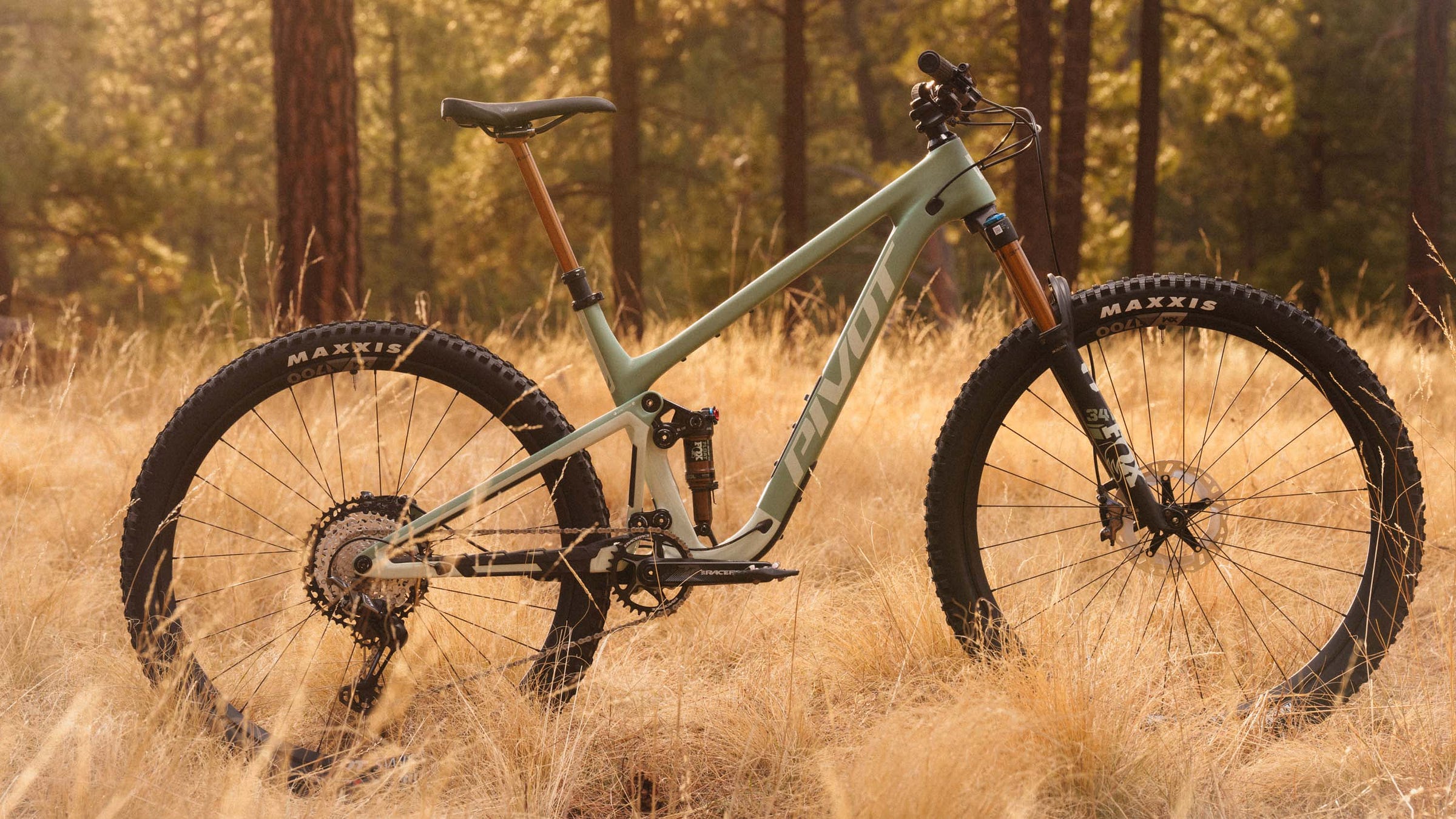
Interestingly, both bikes use the same front and rear carbon triangles, only swapping upper rocker links, shock lengths, and lower shock mount positions to yield the different travels and frame geometries. Both frames also gain built-in down tube storage compartments, and continue with Pivot’s usual SuperBoost Plus 157 mm rear hub spacing (also used by Evil and a handful of other brands), handy tool mounts under the top tube, ISCG tabs for optional chainguides, and UDH-compatible rear dropouts.
E-MTBs may be steadily taking over the mountain bike market, but Pivot is thankfully still keeping the analog flame burning brightly. I’ll see about bringing in a Trailcat SL for a review, but in the meantime, you can head over to the Pivot web site for all the details.
Berd goes aero with new Peregrine road wheels
I’m an unabashed fan of Berd’s woven fiber spokes, so much so that I had a set of personal mountain bike rims and hubs built with them last year. They’re incredibly light, but also surprisingly tough, all while delivering an ultra-smooth ride quality that’s unlike anything I’ve experienced with a steel or carbon spoke.
They’re also decided non-aero with their round cross-section and relatively large diameter, but that hasn’t stopped Berd from expanding into the road market with its new Peregrine model.
The Peregrine is built with HED Cycling’s Vanquish V62 carbon rim, boasting a 62 mm depth (duh), a 22.4 mm internal width, a 31.1 mm external width, and a tubeless-ready hooked profile for easy tire compatibility. Claimed rim weight is 518 g.
Berd joins those rims to its own Talon aluminum hubs, which features a DT Swiss Star Ratchet-style freehub mechanism (it’s such a close cousin that the freehub bodies are interchangeable) and custom spoke flanges built specifically for use with the looped ends on Berd spokes.
Berd offers a couple of other hubsets as additional-cost options. For the weight weenies, there’s the Industry Nine Solix hubs, which weigh 331 g (as compared to 359 g for the Talons) and also offer a lightning-quick 0.59° engagement speed. Alternatively, if you want even faster engagement – but with utter silence while coasting instead of the Industry Nine’s trademark buzzing – you can instead go with Onyx Vesper hubs. These feature Onyx’s trick sprag clutch internals as well as hooked spoke flanges that Onyx produces specifically for Berd.
Even with the stock Talon hubs, a quick look at the spec sheet reveals one of the biggest impacts of building with those Berd woven-fiber spokes instead of steel: weight. While a set of HED Vanquish V62 wheels comes in at 1,719 g per set, the Berd version is supposedly just 1,534 g. Granted, the US$2,500 asking price is also significantly more expensive than the HED’s at US$1,750, but it’s notable nonetheless, particularly since that weight loss should also come with a concurrent improvement in ride comfort.
But what about aerodynamics?
I tested a set of Berd Sparrow ultralight gravel wheels back in 2023, and though I found the ride quality incredible, I almost felt like I was dragging a little parachute behind me at higher speeds – something I attributed to all of those larger-diameter round spokes churning through the air (2.0 mm in the middle and 3.0 mm at the rim end). Wouldn’t the same thing apply here? I would think so, but Berd supposedly has data suggesting otherwise.
"The goal for Peregrine is to have the most aero Berd wheel possible, knowing that there is a slight trade off in aero efficiency,” Berd sales director Rob Stepaniak told me. “For most riders, this is an acceptable tradeoff, especially in challenging conditions like gravel racing and spring classic-type road courses. Will these be as aerodynamic as the HED version with bladed spokes? Nope, and we know that. Will they provide a better ride quality and have people feeling less fatigue after a ride, yup!
“We have done testing and research on a bladed/aero version of our spokes but since the material is a braided rope, we just can't get to a point that is worth the weight/ride quality tradeoff that it would take,” Stepaniak continued. "While we have not wind tunnel tested these wheels, we have tested our spokes in the past and found that they are as aero as other round spokes but not as aero as bladed spokes. Testing showed an approximately 1 W difference per wheel between Berd spokes and the leading bladed spoke at 20 mph.”
I find that one-watt difference hard to believe, but so be it. Regardless, I still find these wheels to be interesting.
Astral announces a run of Cerakote-treated aluminum rims
Speaking of wheels, I’ve got a newsflash for you. Despite all the hype and attention surrounding carbon fiber rims, aluminum is still a fantastic material for wheels. Aluminum rims are far more affordable, they often provide a smoother ride, and there are options for dimensions and variations to cover just about any application imaginable.
Astral Cycling has just announced two limited-edition releases for two of its most popular aluminum rims, the Solstice and Outback, both with a dark grey Cerakote ceramic coating that the company has dubbed “Stealth” (echoing the name for the same finish used by sister brand Rolf Prima on some of its wheels).
The Outback is designed for cross-country and gravel bikes, featuring a more traditional hooked tubeless-compatible profile with 25 mm inner rim width (28 mm external), a shallow 23 mm depth, and an asymmetrical shape with 2.5 mm of offset for more balanced spoke tensions. Astral offers the Outback in both 29” and 650b diameters, with claimed weights of 460 g and 430 g, respectively.
The 700c-only Solstice, on the other hand, is more road-focused with a much narrower 20 mm tubeless-compatible internal width (23.5 mm external), a modest 22 mm depth, a traditional hooked profile, and a lower weight of just 405 g. Interestingly, Astral has opted to treat the rim-brake version of the Solstice with the Stealth Cerakote finish, despite the fact it’ll eventually wear over time.
“[Wear] is less of an issue that you might imagine, with that color specifically,” said Astral’s Loren Mason-Gere. “We’ve been doing the Vigor Alpha Stealth in rim-brake for Rolf Prima for about a decade so the color is very well tested. Will it eventually wear through? Conceivably, over time, especially if you don’t change your brake pads. But it holds up very well and when it wears, it does so in a very even brake-track looking way that sort of blends. Given the dark color, at its worst it doesn’t look any worse than a black rim with a worn brake track.”
Both the Outback and Solstice are offered as bare rims for US$170 – a US$20 premium over the regular versions – but Astral says custom builds are available upon request, too.
Additional layoffs hit Quality Bicycle Products
And the hits keep on coming.
Quality Bicycle Products – the largest cycling distributor in the United States by far – let go of 2% of its staff last week, citing a need to, “ensure our long-term sustainability and success as we continue to navigate the powerful, unpredictable economic pressures and unsteady shifts confronting the bicycle industry,” as reported by Bicycle Retailer and Industry News.
This is on top of two other rounds of layoffs in 2022 and 2023, so while the bleeding may be slowing, the company is apparently still bleeding nonetheless.
Fingers crossed that QBP (and other bike brands) can turn the tide soon. While plentiful discounts on bikes and associated gear are making for quite the bargains for consumers, it’s still an ugly time for anyone working in the industry. Best of luck to everyone affected.
Genuine Innovations is no more
This one is hardly a big deal in the grand scheme of things, but it’s still hitting me hard personally.
Who doesn’t remember seeing boxes of CO2 cartridges sitting on the bike shop counter with that iconic green “i” logo? That logo belonged to Genuine Innovations, who practically owned the CO2 canister and inflator market in the 2000s. Sadly, its parent company, Illinois Tool Works, has decided to draw the curtains on Genuine Innovations’ three-decade reign now that the CO2 market is so saturated and the brand no longer holds the advantage it once did.
Farewell, Genuine Innovations. I’ll remember you fondly.
TL;DR review: Nano Worx Hook Lever Multi Tool
Is there anything people can’t make with 3D printers these days? Seemingly not, and California company Nano Worx has come up with a novel bit-based multi-tool.
One end of the Hook Lever Multi Tool features a tire lever modeled after the popular Pedro’s lever. In the middle is a steel-reinforced magnetic bit holder, while the other end houses a hollow core with enough room for three standard 1/4” bits, all held in place with an o-ring that wraps around the body. It weighs just 41 g (with the bits), and retail price is US$30. To provide some peace of mind, Nano Worx also says it’ll provide free replacement tools if one breaks while it was being used “as intended.”
I like the simplicity of the thing, and at least with all of the different tires and wheels I’ve tried so far, the built-in tire lever works pretty well. The rounded shape also fits nicely in your hands, the compact size is easy to tuck into a pack or even a jersey pocket, and Nano Worx lets you choose which three bits ship with your tool (choices include 3, 4, 5, and 6 mm hex, and T25 Torx).
The problem is that the bit part of the tool doesn’t work as well as it should.
Nano Torx rates the bit driver to 20 Nm, which should be more than enough for most emergency applications. Indeed, stuff like stem bolts only require about 5 Nm, while seatpost heads rarely exceed 10 Nm. But Nano Worx says its tool will handle 20 Nm, and so out came the torque wrench.
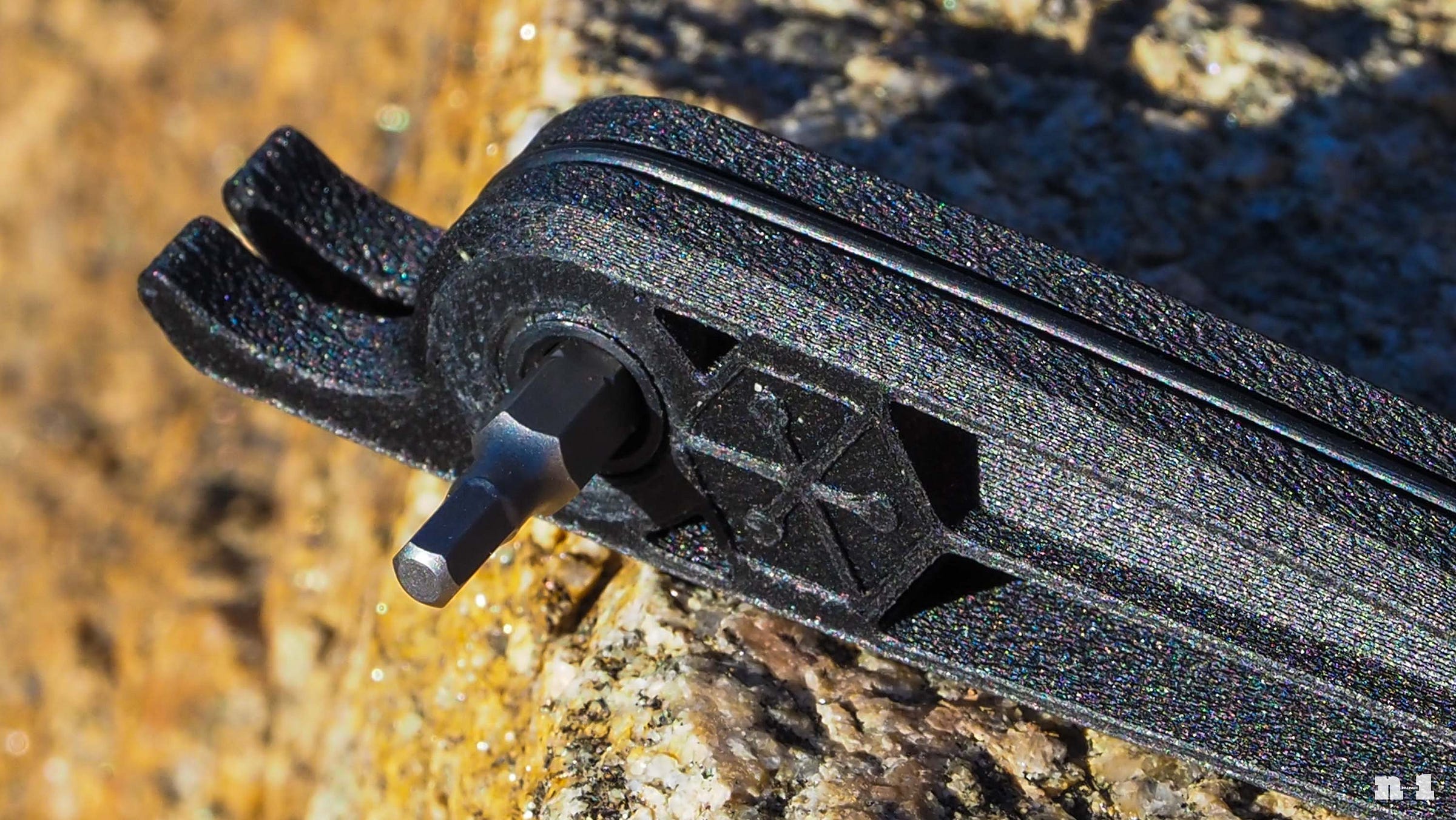
It’s worth pointing out that Hook Lever Multi Tool’s steel bit holder threads directly into the plastic body. If you need to loosen a standard bolt, you won’t get anywhere near 20 Nm before the insert starts to extract itself from the body; closer to half that, in fact. But if you need to really tighten something for whatever reason, I only got to about 15 Nm before the tool split itself in half.
Looking for a travel-friendly multi-tool to install and/or loosen pedals? This is not the droid you’re looking for.
Interestingly enough, it wasn’t the handle snapping under the load; the material is actually surprisingly strong. The problem is that there’s no good to way to keep the threaded insert from rotating under that high a torque, and the tool basically pushed itself apart from the middle.
That’s perhaps just as well since the form factor of the Hook Lever Multi Tool doesn’t really lend itself to many jobs, anyway. Not only does it only work in one orientation, but the head is also too wide to access some of the bolt heads I tried (especially on seatposts).
The idea behind this thing isn’t bad, but I’m not sure 3D printing (at least in plastic) is the best method to produce a multi-tool. If you want something light, small, and legitimately useful, I’d get yourself a Daysaver Essential8 instead. Sure, it’s a lot more expensive at US$50 instead of US$30, but it’s a real tool that’ll handle real torque, it packs in eight tools instead of just three, you can use it in two different orientations (both of which fit in a lot more places than the Nano Worx tool), and it’s even lighter at just 33 g.
Sorry, Nano Worx, but that’s a no from me, dawg (at least not without some major revisions). But your saddle height helper looks promising.
Review updates
Remember that crazy Tern Orox e-cargo fat bike I mentioned last month? Well, Tern was surprisingly game for the idea, and I picked up an Orox S12 loaner from my friends at Front Range Cargo Bikes last week.
Oh boy, is this thing quite the beast.
It’s monstrously heavy at more than 41 kg (90 lb) all-in, but it’s also already proving to be massively capable. Once I add my panniers to the front rack, I’ll be able to easily haul six full grocery bags around (four have been no problem already), plus whatever else I can strap to the rear rack deck and stuff inside the full-size frame bag. The 85 Nm of torque from the Bosch Performance Line CX mid-drive motor has been more than enough grunt so far, and Tern also provided my sample with the dual-battery option that boosts the maximum claimed estimated range to a bonkers 300 km (180 mi).
I haven’t been able to test the floatation of the standard 27.5x4” Vee Rubber Snowshoe tires on snow since everything from the last couple of dumps has burned off, but from prior experience, I’m not they’ll have enough of a footprint to deal with significant amounts of freshly fallen white stuff. I’m pretty committed to maintaining my car-free lifestyle even in proper wintertime conditions, though, so I’ve got a set of much bigger and more aggressively treaded 27.5x4.5” WTB Bailiff tires on the way. Tern officially rates the Orox for tires up to 4”-wide, but that must be with the stock front and rear fenders installed as there’s very obviously more than enough room otherwise.
I’ve got the obligatory Costco run on the schedule for later this week and there’s also snow in the forecast further out so things are shaping up nicely for a proper shakedown of this thing.
A couple of other reviews will be wrapped up much sooner.
Colorado-based brand Revel Bikes debuted its second-generation Rascal trail bike last year, and seeing as how I spent much of the summer riding one, it’s probably high time I write the thing up. This particular bike was a one-off build so it won’t quite reflect a production spec, but the upside is it’ll allow me to discuss RockShox’s high-tech Flight Attendant electronic suspension system in depth.
I’ve also got enough nighttime rides under my belt that I’m comfortable drawing some conclusions on the Exposure Lighting Maxx-D handlebar and Zenith helmet lights I received a few weeks ago. Not to reveal too much now, but let’s just say the output, beam patterns, and run times have been very impressive, but both aren’t without some notable quirks.
Upcoming
It’s looking like it’s going to be a busy spring for me.
I’ve spent a fair bit of time on Trek’s Checkpoint gravel bike over the years, but haven’t yet had a chance to toss a leg over the newer Checkmate model. That one is intended to be a more competition-focused stablemate to complement the Checkpoint’s more adventure and all-purpose mission, with a more aggressive geometry, subtly aero-tweaked carbon fiber tube shapes, slightly less tire clearance, and a smaller array of accessory mounts.
Naturally, I’ve been interested in bringing in a Checkmate for a review – but wouldn’t it make sense to compare it head-to-head with the latest Checkpoint? Yeah, I thought so, too. Two loaner bikes are now supposedly on order for me and this is one I’m particularly eager to get into, so if you’ve got any related questions, fire away in the comment section.
There are few other bikes on deck, too.
Arriving soon is Parlee’s new gravel bike, the Taos, which I’m intrigued to check out given the company reset (including a new owner and a new European manufacturing partner) and that bike’s unusually aggressive top tube slope. I’ve always found Parlee bikes to offer particularly good ride quality, so we’ll see if the trait has carried over to Parlee 2.0.
Pivot redesigned its Vault gravel bike late last year, and company owner Chris Cocalis reached out to me to see if I’d be interested in reviewing one. Pivot’s approach to gravel has always been a little unusual: instead of relying on some kind of flex to improve rider comfort, the Vault features an elastomer sleeve between the seatpost and frame for a measure of vibration damping and micro-suspension. The bulge in the frame that design requires doesn’t make for the most elegant aesthetics, but if the design works as well as it’s made out to, I’m not sure how much I’ll care.
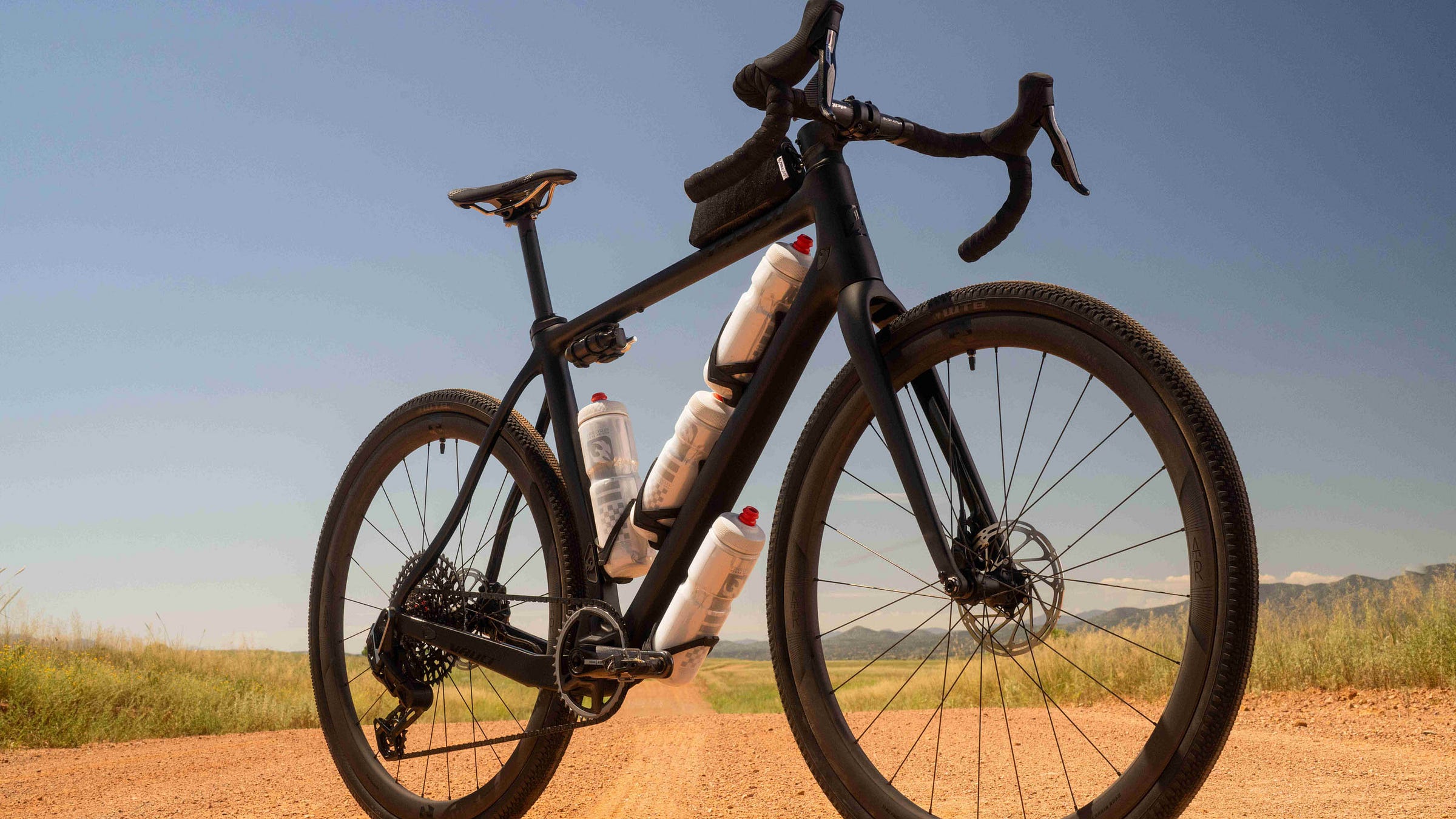
I’m also quite excited about another recent arrival that’s not a bike: a Remco Bike Lift adapter for my Park Tool PRS-3.3-2 repair stand. I’ve been ok with manually raising and lowering the stand as needed for various jobs, but the idea of something that adjusts with the push of a button is awfully appealing. Remco’s Bike Lift adapter reuses the Park’s clamp assembly and base plate, but it replaces the stock fixed mast with a motorized shaft that has a total adjustment range of 65 cm (26”).
The push-button control panel features three user-programmable preset height positions plus manual adjustments for everything else, all powered by guts borrowed from a standing desk with a generous weight capacity of 45 kg (100 lb) – more than enough for some of the e-cargo bikes and e-MTBs I’ve been playing with lately.
The Remco adapter isn’t cheap at US$600 (not including the donor Park repair stand) so I’d definitely consider it a luxury purchase for home use. Even so, the combo is a bargain compared to off-the-shelf motorized shop stands, most of which are more than twice as expensive. I haven’t even had a chance to get this installed yet, but I can hear my lower back thanking me already.
Tech tip/recipe of the week
Wait, what? Indeed, my worlds are colliding even more than usual as this week’s tech tip is also sort of a recipe in that it’s related to baking.
I like to be pretty mindful about the food I bring into the house: where it comes from, how it’s produced, the chemicals that might have been used, and so on. And seeing as how I’m currently earning my living on Substack, it perhaps goes without saying I’m also more careful than ever about my spending.
I go through a lot of flour these days, and I’ve been buying it at Costco for a few years now because the US-based warehouse-style store sells its own brand of organic flour at literally half the price of what I’d pay at my local grocery store. Most breads call for – duh – bread flour since its higher protein content creates a stronger gluten structure, which leads to a nicer crumb, a chewier texture, and so on. However, Costco only has organic flour in a lower-protein all-purpose formula (Costco also sells bread flour, but it isn’t organic). So what’s a home baker on a budget supposed to do?
Vital wheat gluten to the rescue.
VWG is basically powdered gluten with everything else removed, and while it’s often used to boost loaves made with whole-grain flours, you can also use it to supercharge all-purpose flour. I’ve been supplementing my doughs with about 5% VWG by weight, and the loaves have turned out noticeably bigger with a more dramatic oven spring and a more open crumb.
I’ve even found a source for organic VWG, courtesy of the folks at Anthony’s Goods. It’s a bit pricey, but a single bag goes a long, long way, and it still ends up way cheaper than buying organic bread flour from the usual outlets.
Now if you’ll excuse me, I have to go do some coil folds.
ICYMI
An awful lot of you took an interest in my review of the Enve MOG gravel bike earlier this week, but there was another intriguing gravel bike I reviewed last week: the Mondraker Arid Carbon. Mondraker’s a Spanish brand that’s almost exclusively stuck to mountain bikes (and e-MTBs in particular these days), and the Arid Carbon is its take on a MTB-inspired gravel bike that’s still perfectly happy tackling the occasional race.
Check out my thoughts on the Arid Carbon here.
And that’ll do it for another newsletter! I crossed a pretty significant milestone here on Substack the other day, so thanks as always for the subscriptions and the support.
A couple of small announcements before I sign off: If you’re a paid subscriber to n-1, you can earn free months by referring this Substack to other people – sort of like a pyramid scheme, but without the ickiness. Just click the button below.
Or if you’ve been particularly happy with what you’re getting here and don’t just want to tell your friends about, you can also gift a subscription directly using this link. I mean, you like your friends, don’t you?
Ok, this has been way too much blabbing from me. See you all after the weekend.





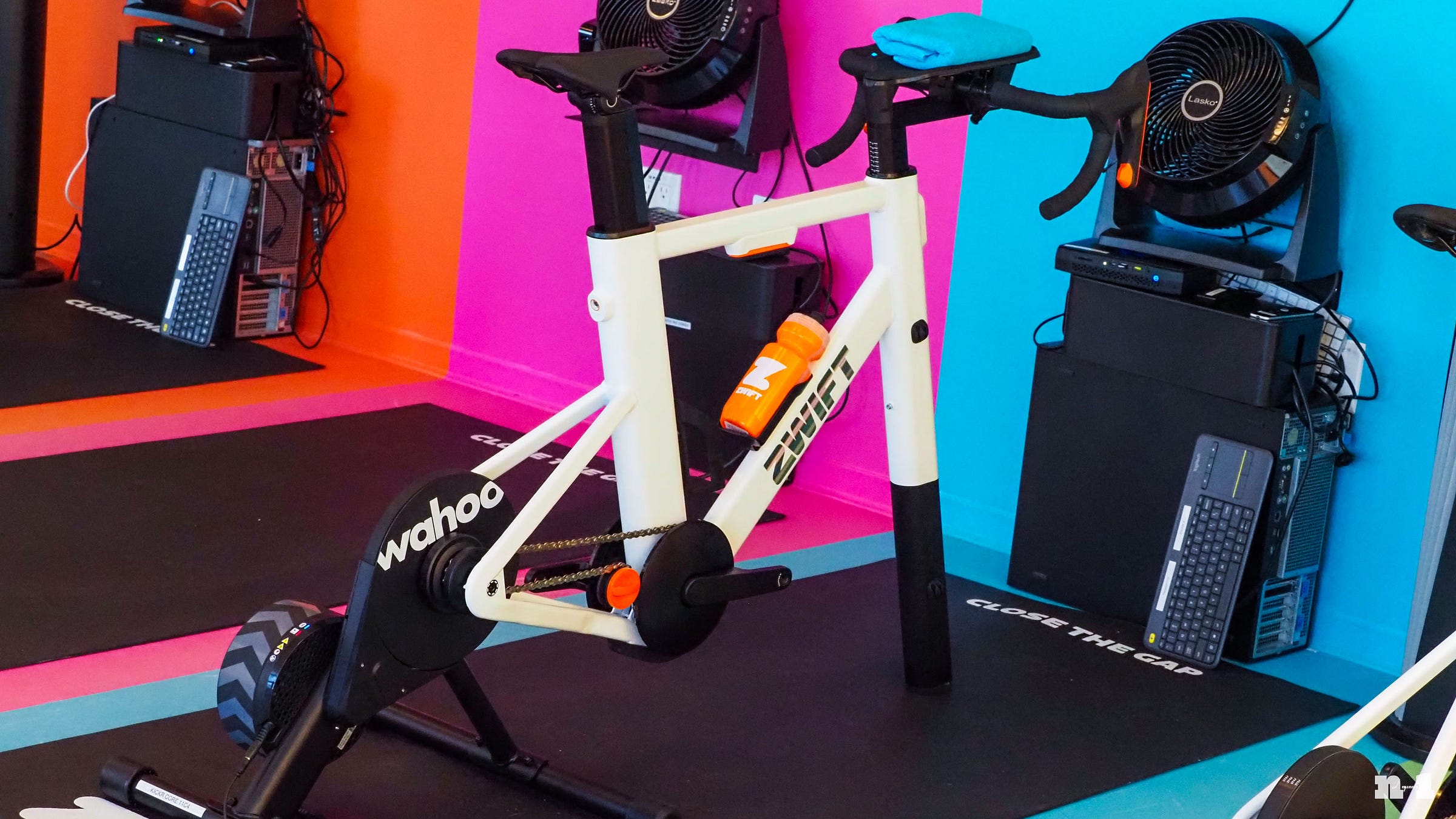

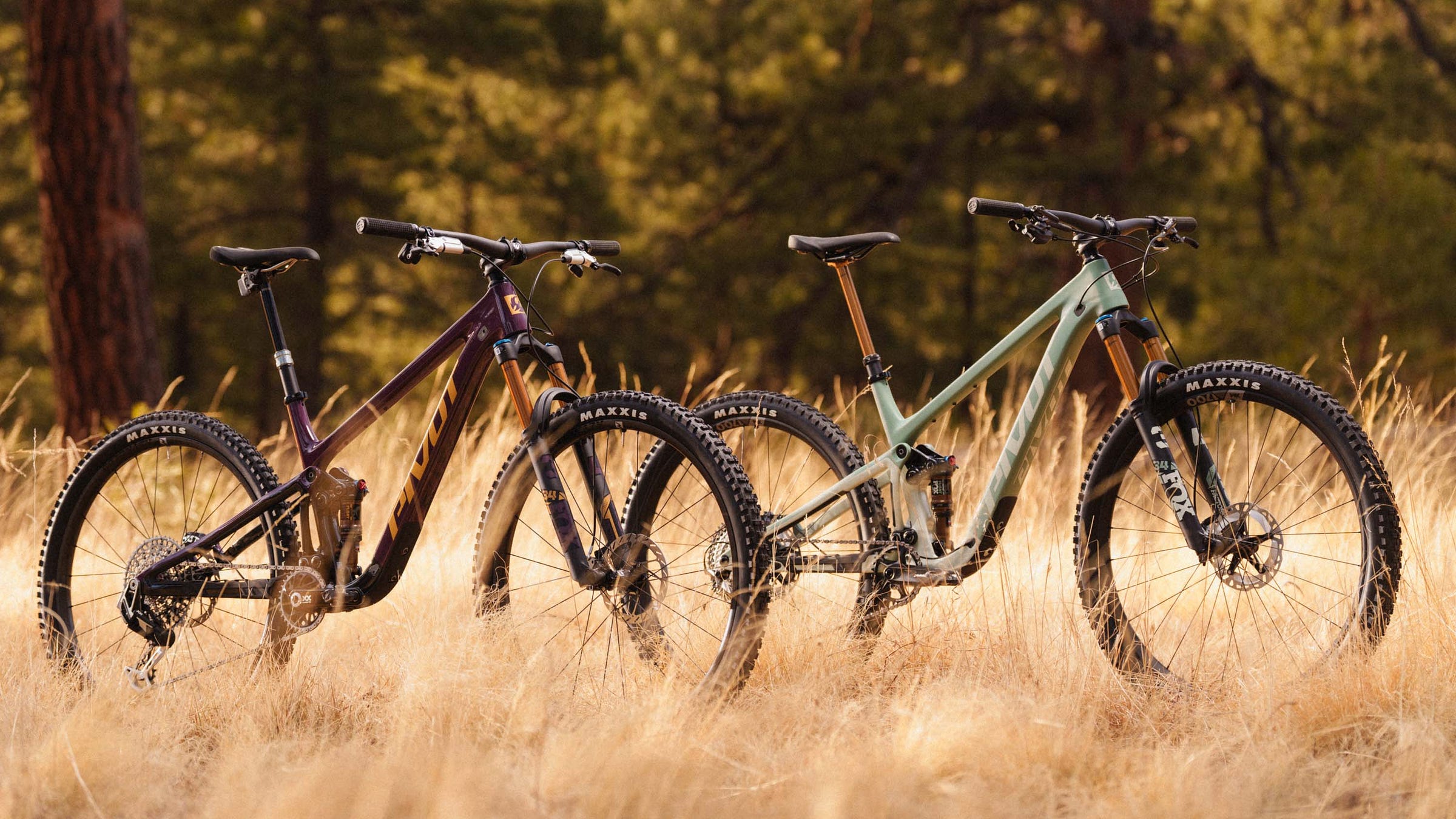

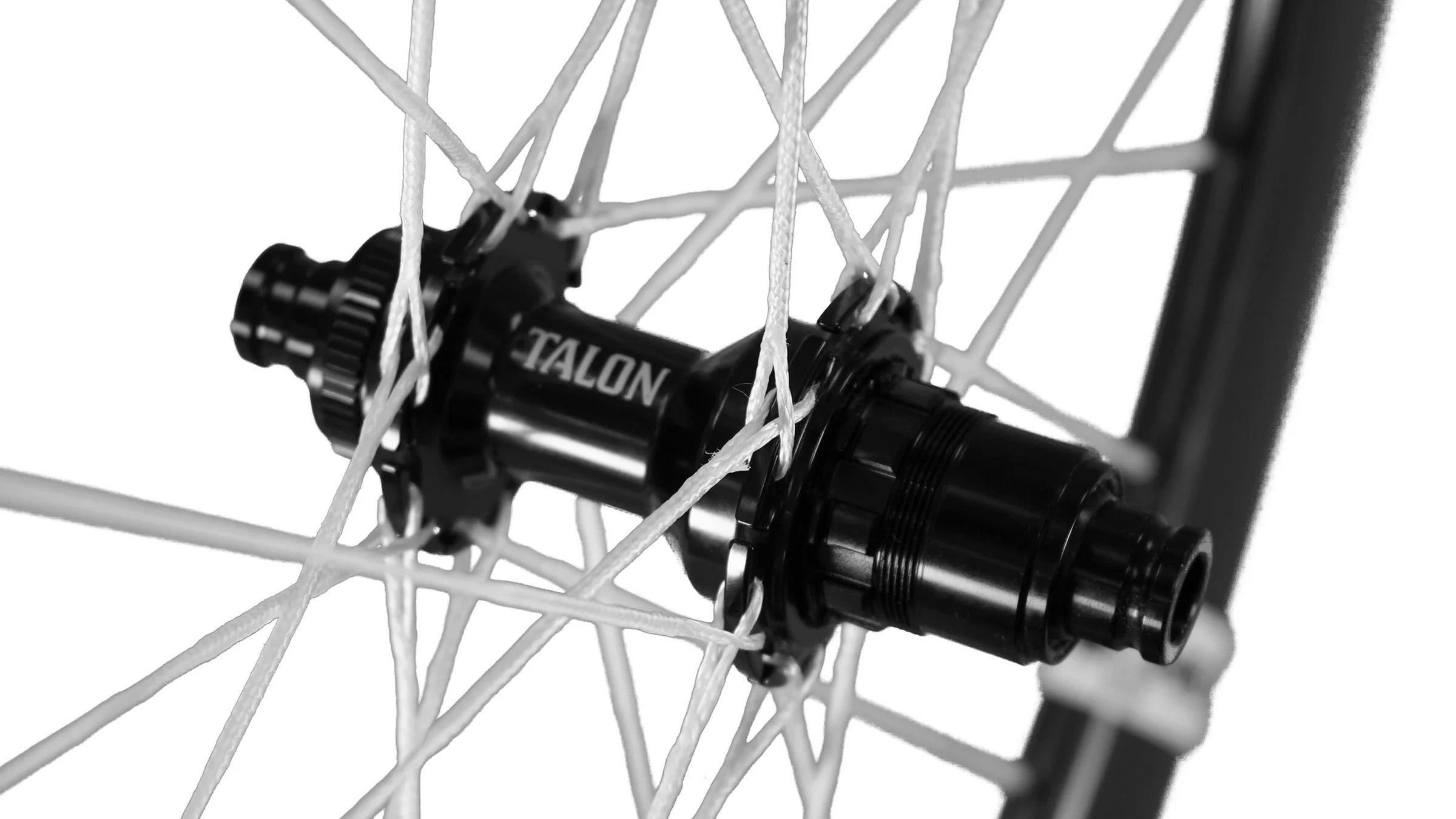

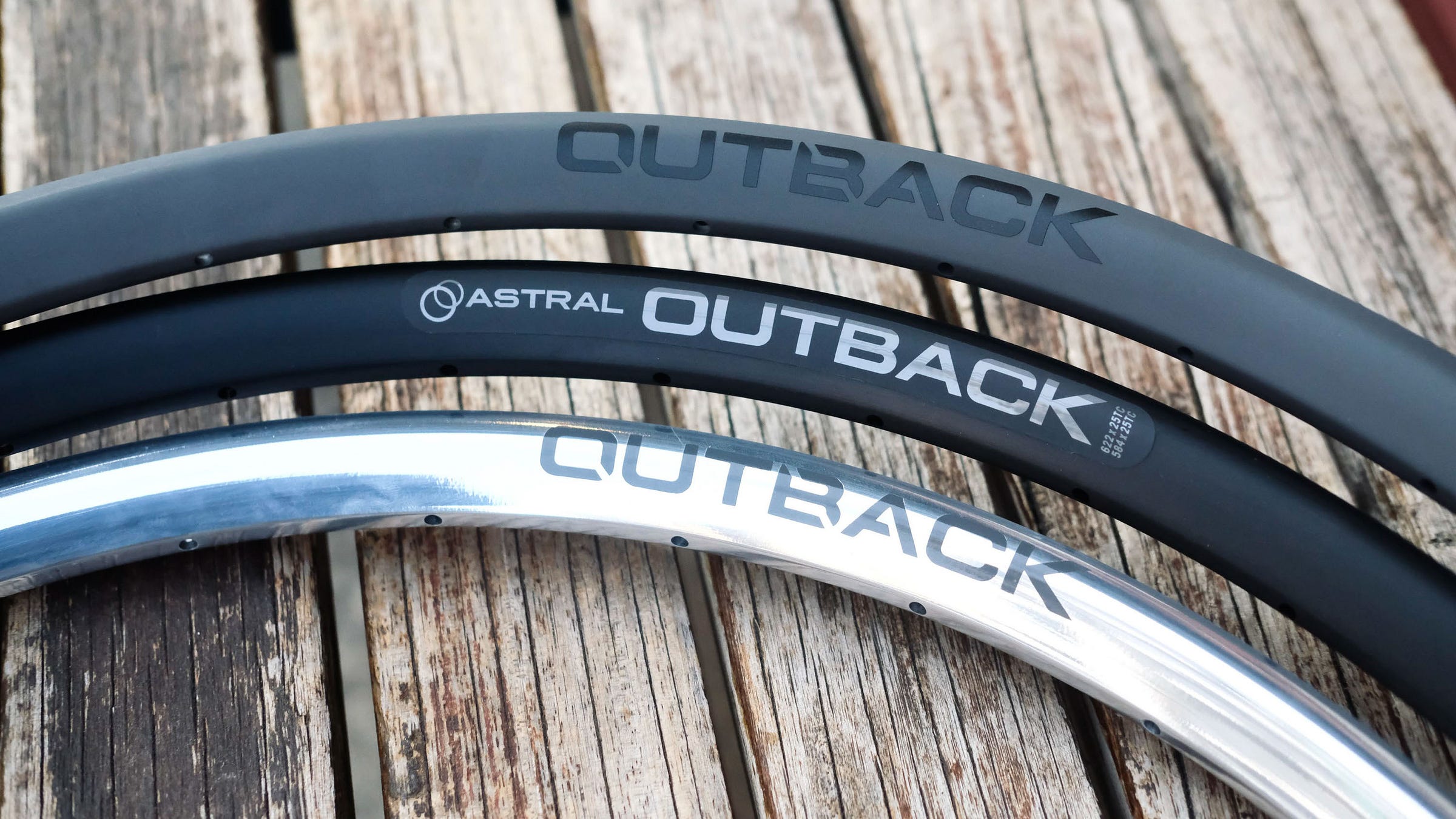
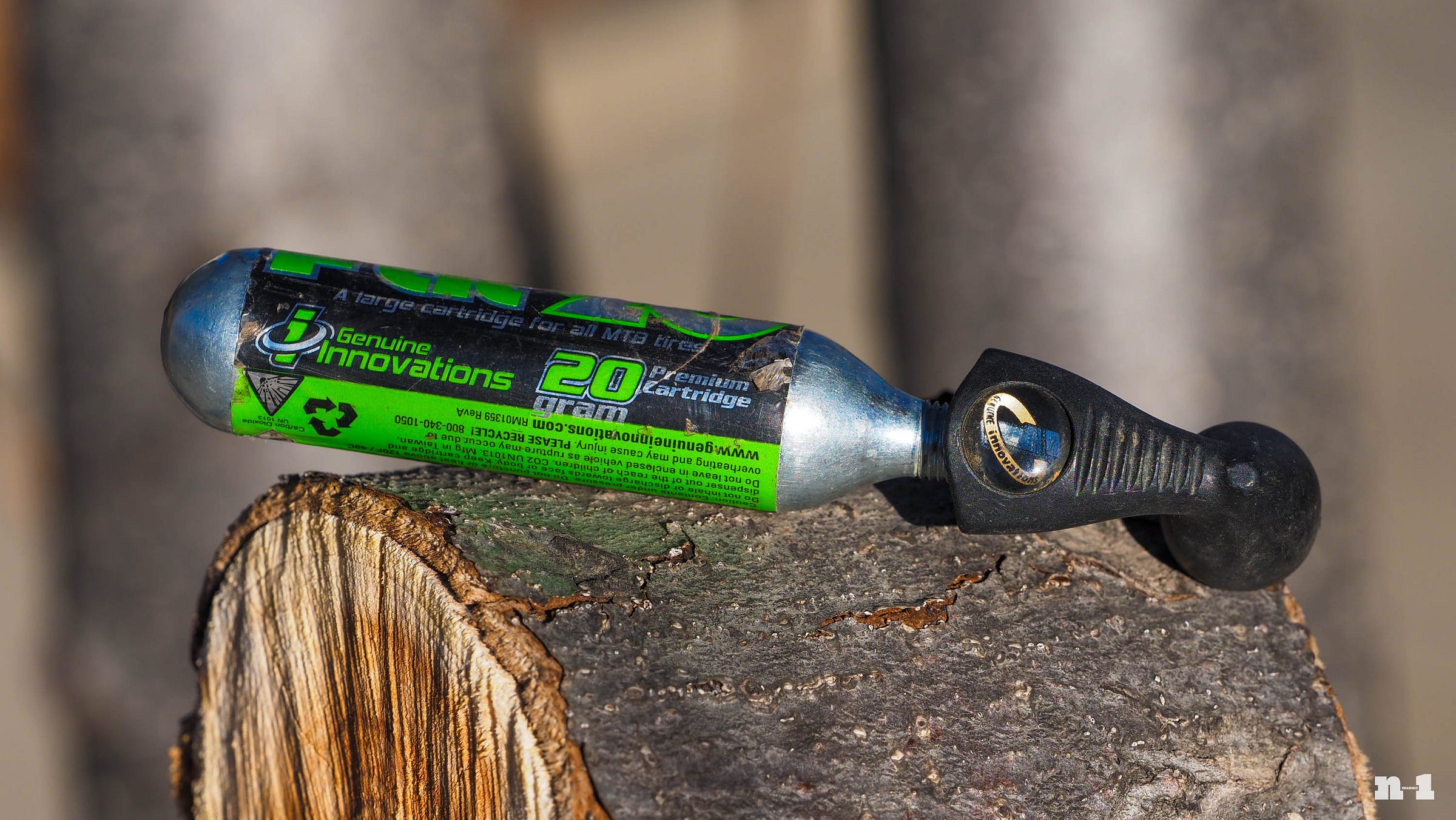
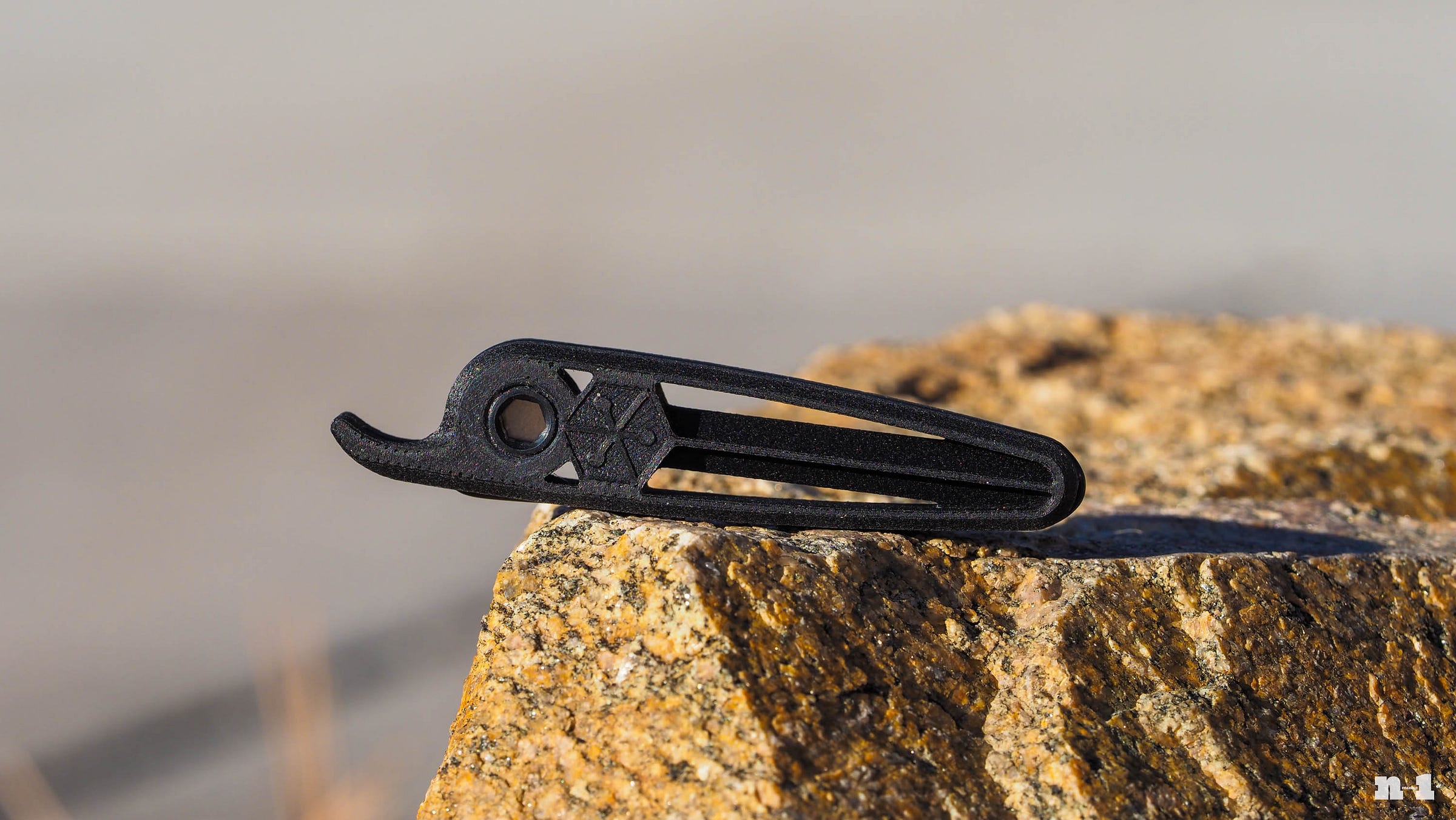
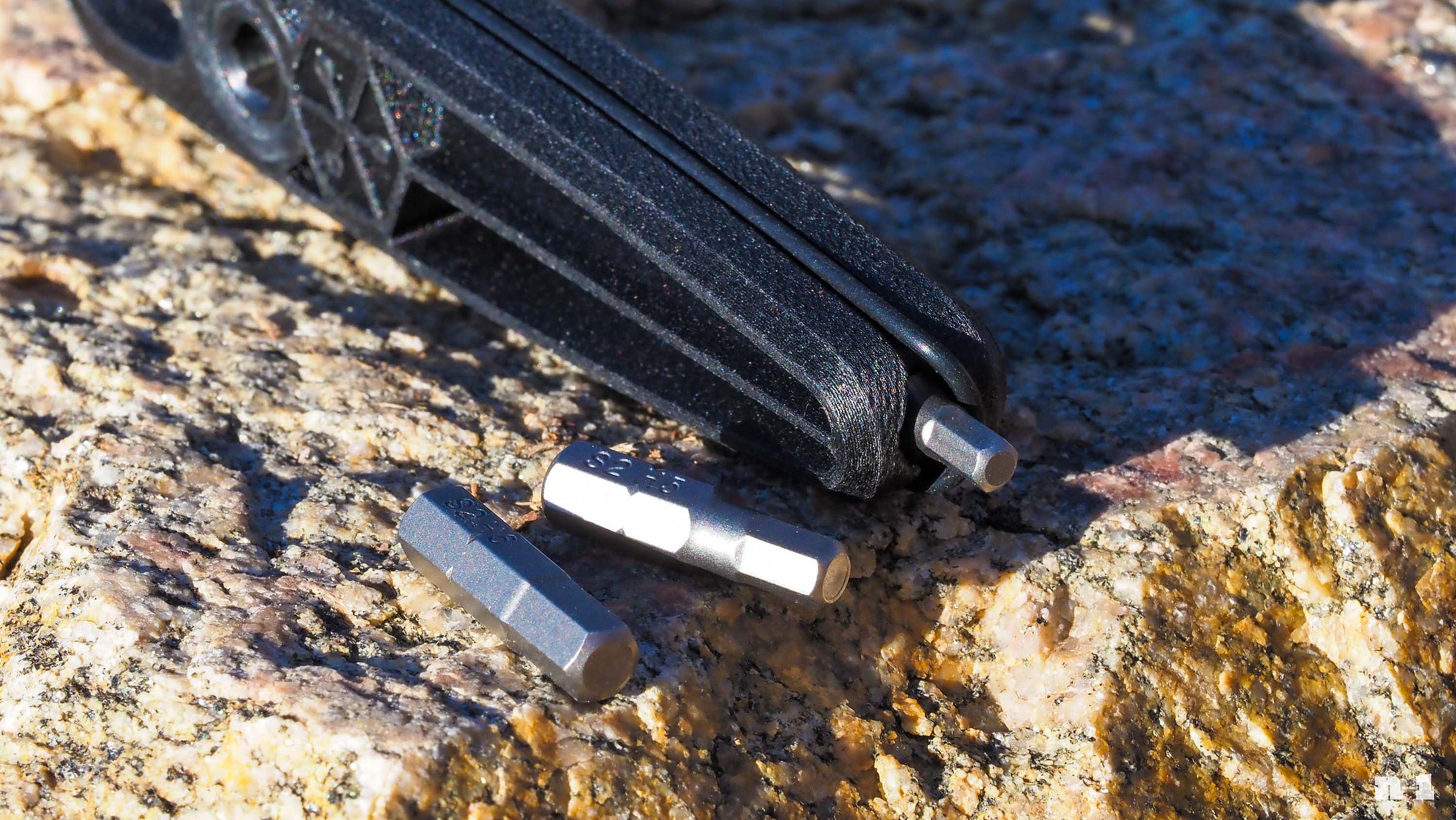
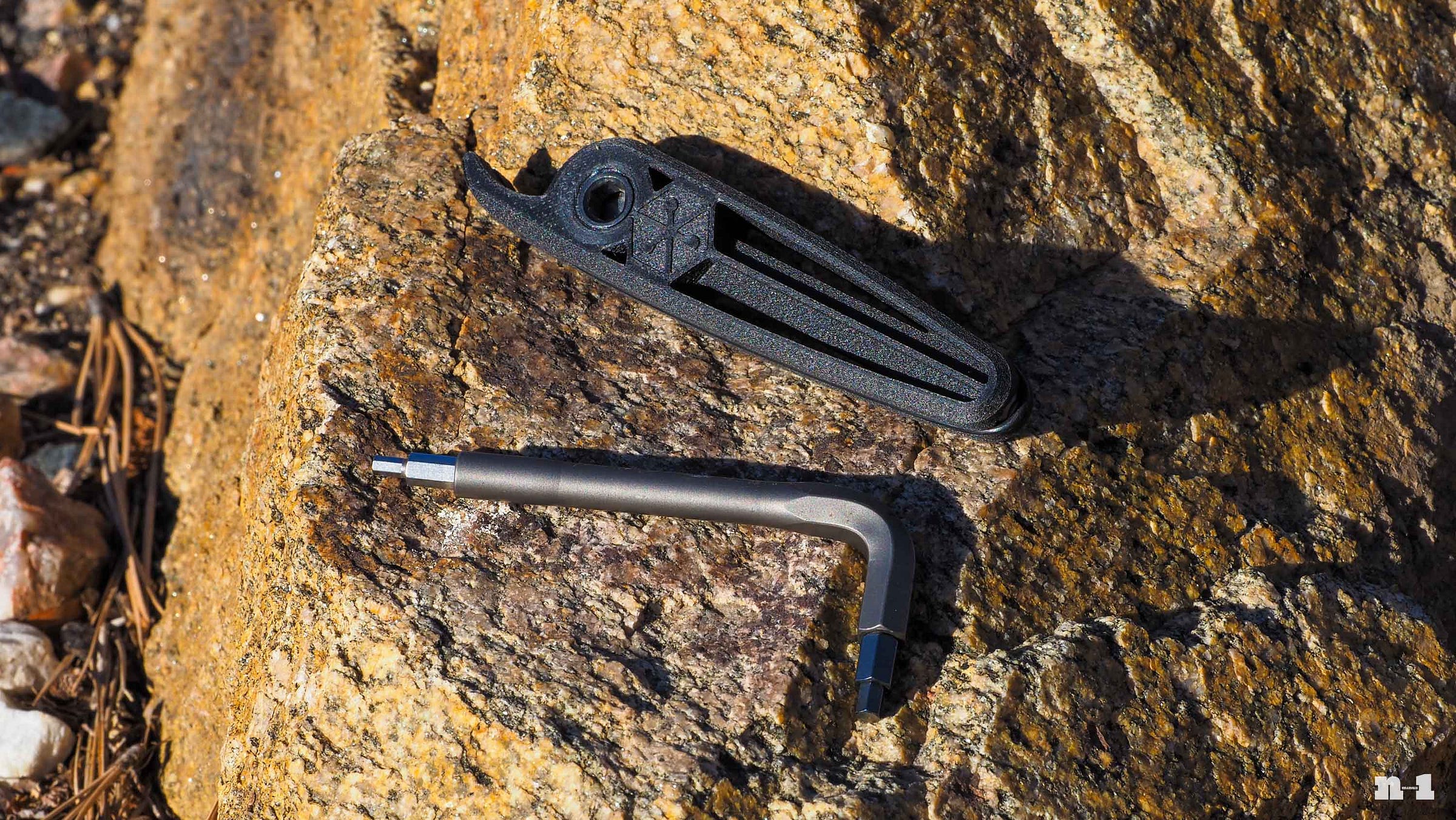


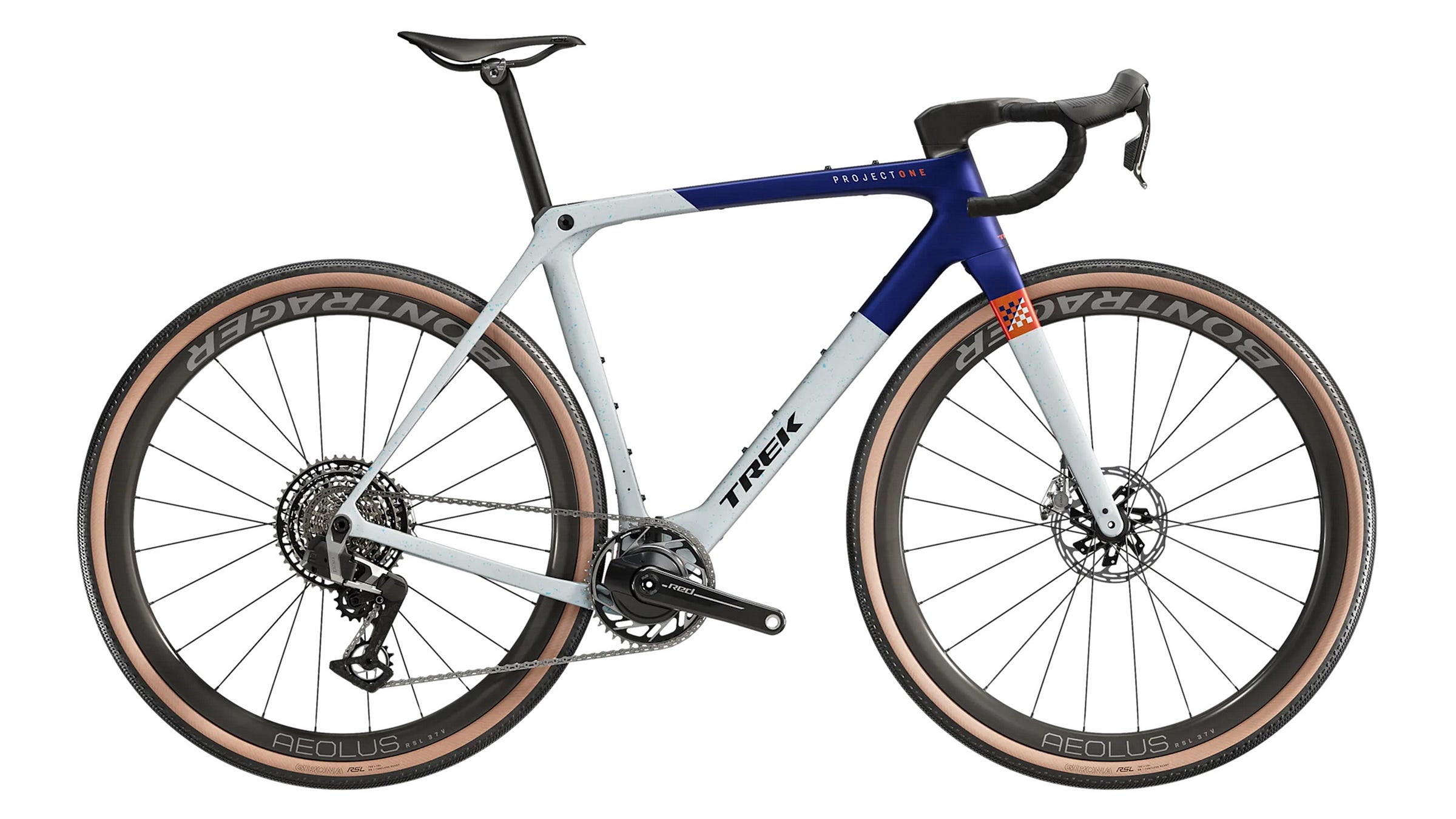

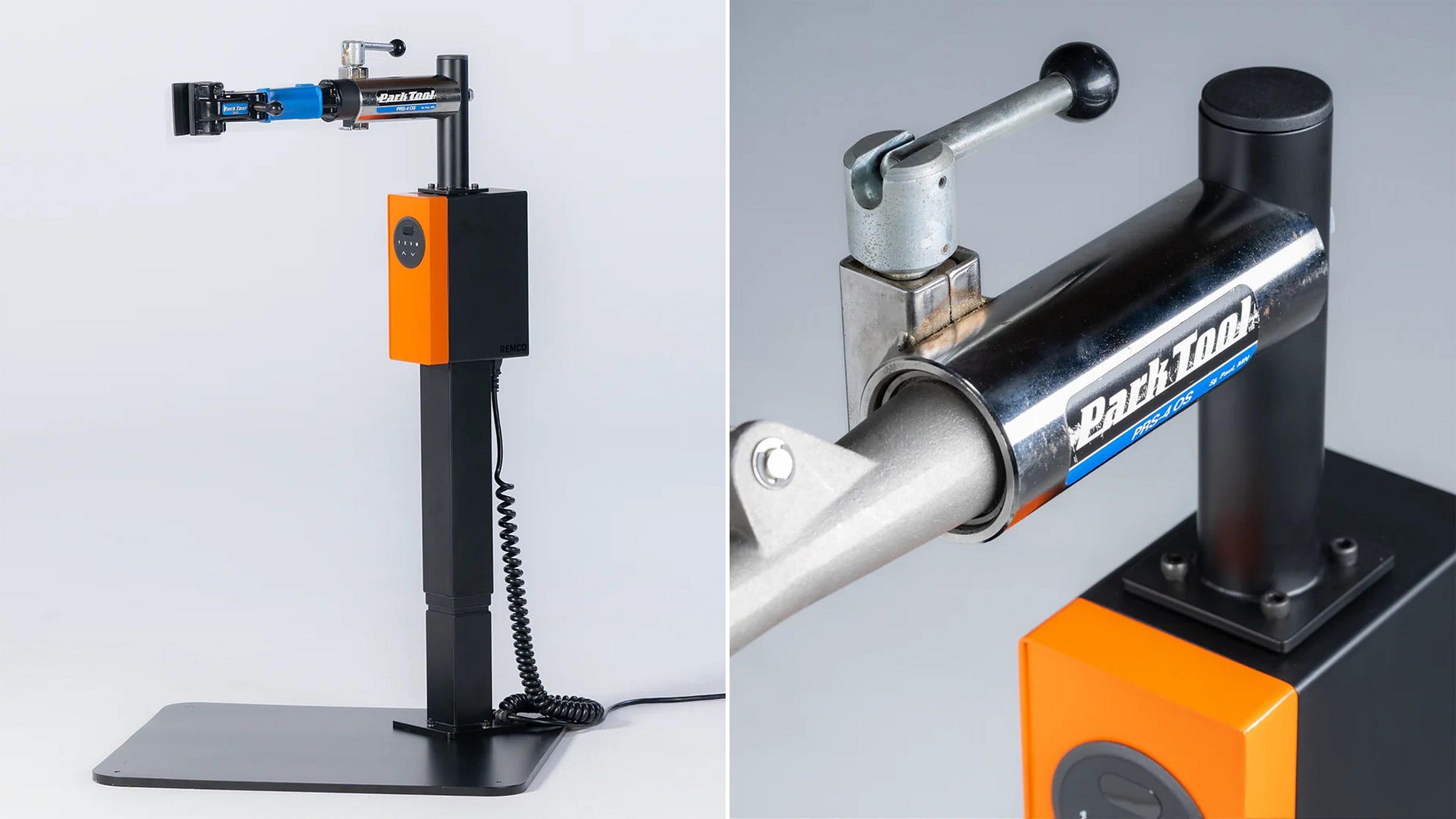

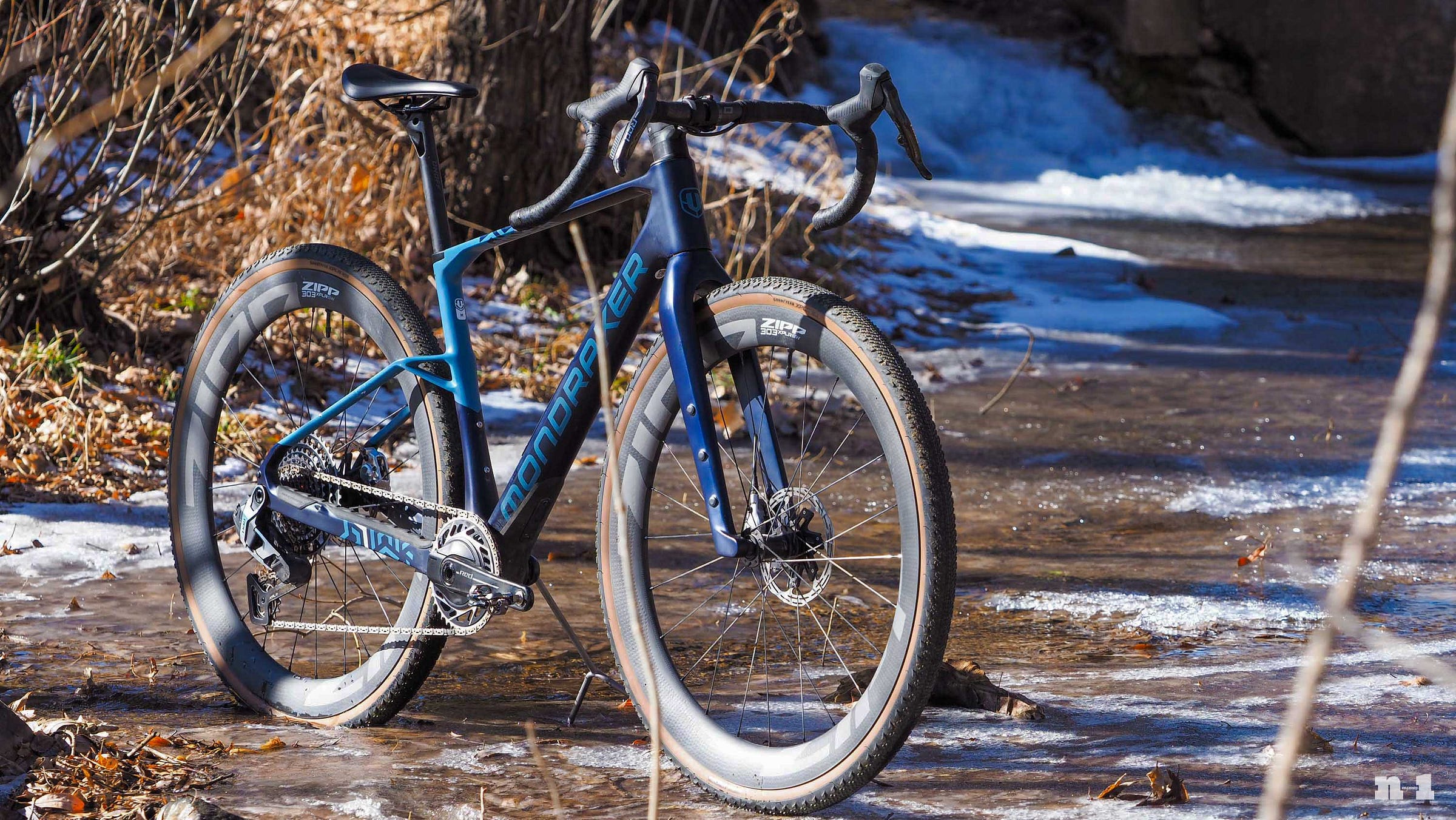
Lots of gravel bike content coming. Don't forget the roadies!
I’ve had the Remco lift for about six months and love it. Even for light bikes it is super convenient for raising and lowering height working on a bike. For a 60lb e-bike it’s a real back saver. Very sturdy and, so far, perfectly reliable.